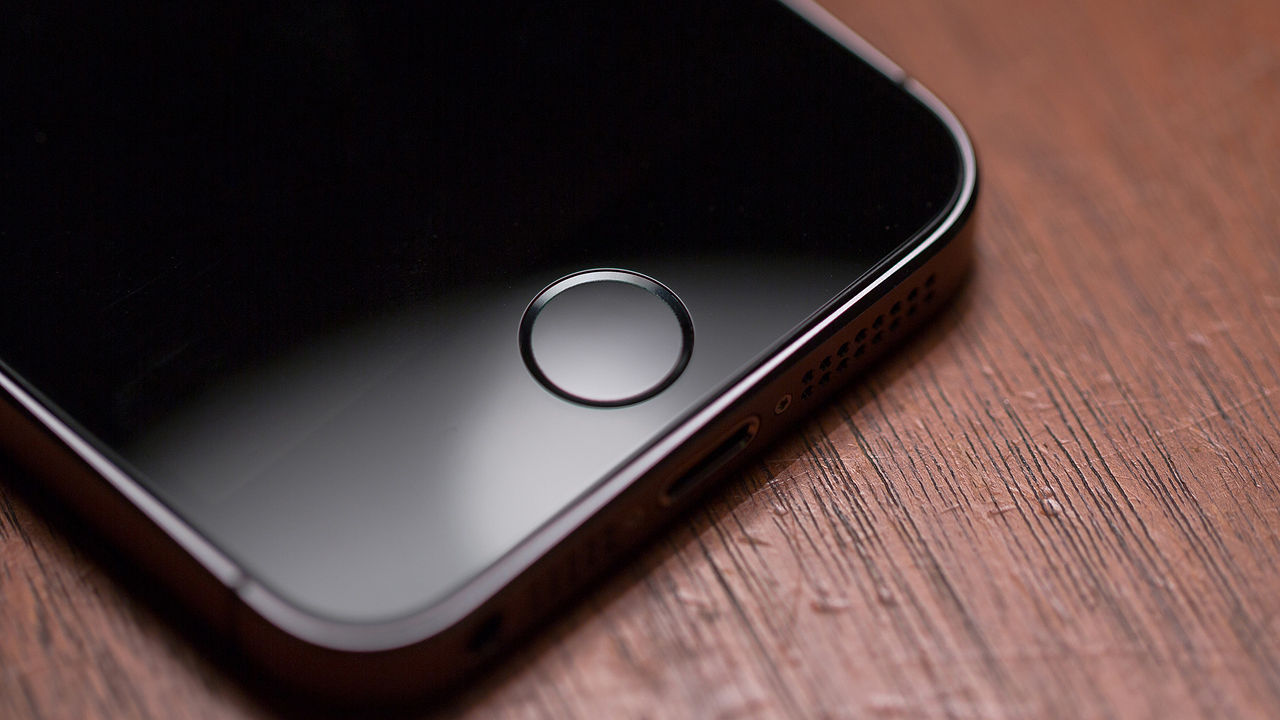With the launch of iPhone 7 and iPhone 7 Plus came the new iOS 10 from Apple. The new operating system was specifically designed for the latest versions of the iPhone, but we’ve already seen a massive move from owners of older phones like iPhone 5, 5S and 5C to download and get on the new iOS version.
The problem is, many users have been facing speed issues on their older devices after updating to iOS 10. Thanks to CNET, we’ve been able to find some great tips you can use to speed up your iPhones and iPads running on the latest mobile operating system from Apple Inc.
Simple Reboot
This is probably the simplest way to speed up your device after upgrading to any new version.
If your older iPhone or iPad has been on for several weeks without a break, just switch it off and restart it.
What it will do is refresh your device settings, and you should be able to see an immediate difference in device speed.
Make Space
Sometimes, it’s your memory usage that’s causing speed issues. You usually need a few GB of free space on any device for it to operate at optimal speeds.
You can either delete some of those apps you haven’t used in a long while (they’ll still be available on your iTunes account from the last sync you did) or just move some of the larger ones to iCloud or iTunes.
You will be access them later when you’re tethered to your laptop; or in the case of iCloud, it’ll be available on demand when WiFi or cellular data is on.
Turn off Auto-updates
A lot of times the problem with your device speed isn’t because of your device speed at all. Auto-update of apps typically runs in the background so you may not even realize that your device is furiously updating apps in the background, especially when you’re on a WiFi connection.
Since the processing power of your iPhone or iPad is limited, you’ll have less of it for apps that are active when these auto-updates are running in the back. Of course, you’ll have to trade-off having the latest app updates for a higher device speed, so that’s your call.
Turn off Background App Refresh
This is very similar to the auto-update function but instead of downloading an update, your device will periodically fetch new data from the app. Its purpose is to have your app ready with fresh data as soon as you open it, but it can drain your resources if you have too many apps refreshing all the time. Over a period of time your iPhone or iPad will start to get sluggish. It’s a simple thing to turn off app-refresh, but it can considerably speed up your device.
We’ve saved the best one for last. Probably the most effective way to speed up your iDevice is to download an app that allocates your phone’s resources. This can make your phone up to twice as fast as before. One of the best we’ve seen so far is Battery Doctor.
Install the Battery Doctor App
Not only will this app help speed up your phone or tablet significantly but, as the name suggests, it will also help get more out of your battery every day. What this app does is to boost your device speed by reallocating memory on your RAM. The iPhone 7 and iPhone 7 Plus come with 2GB and 3GB RAM options, but older phones have 1GB or less. That’s probably why the iOS 10 update on those phones makes it more sluggish in the first place. With the Battery Doctor app you’ll be able to resolve most of your speed issues and get your device to run as fast as possible considering RAM limitations.
To make it even easier, once you install the app, you’ll see a shortcut on your home screen that says “One Tap Boost.” Whenever you feel your device is getting slow, all you need to do is tap that shortcut button, and the app will go to work, even showing you how much your phone’s speed has been boosted by.
Aside from upgrading your device to iPhone 7 or iPad Pro, these are the best ways to make sure it’s always running at optimal speeds.
Thanks for reading our work! If you’re reading this on Apple News, please favorite the 1RedDrop channel (next to our logo) to add us to your news feed, or Like our page on Facebook. Please bookmark our site for more insightful articles on current and future technologies that are changing our lives.



